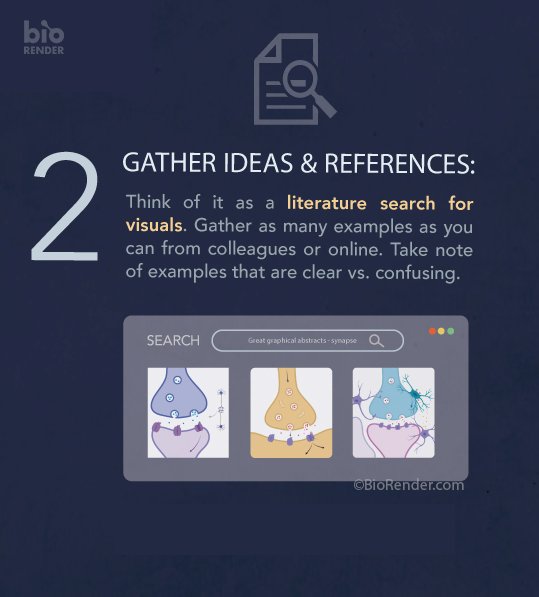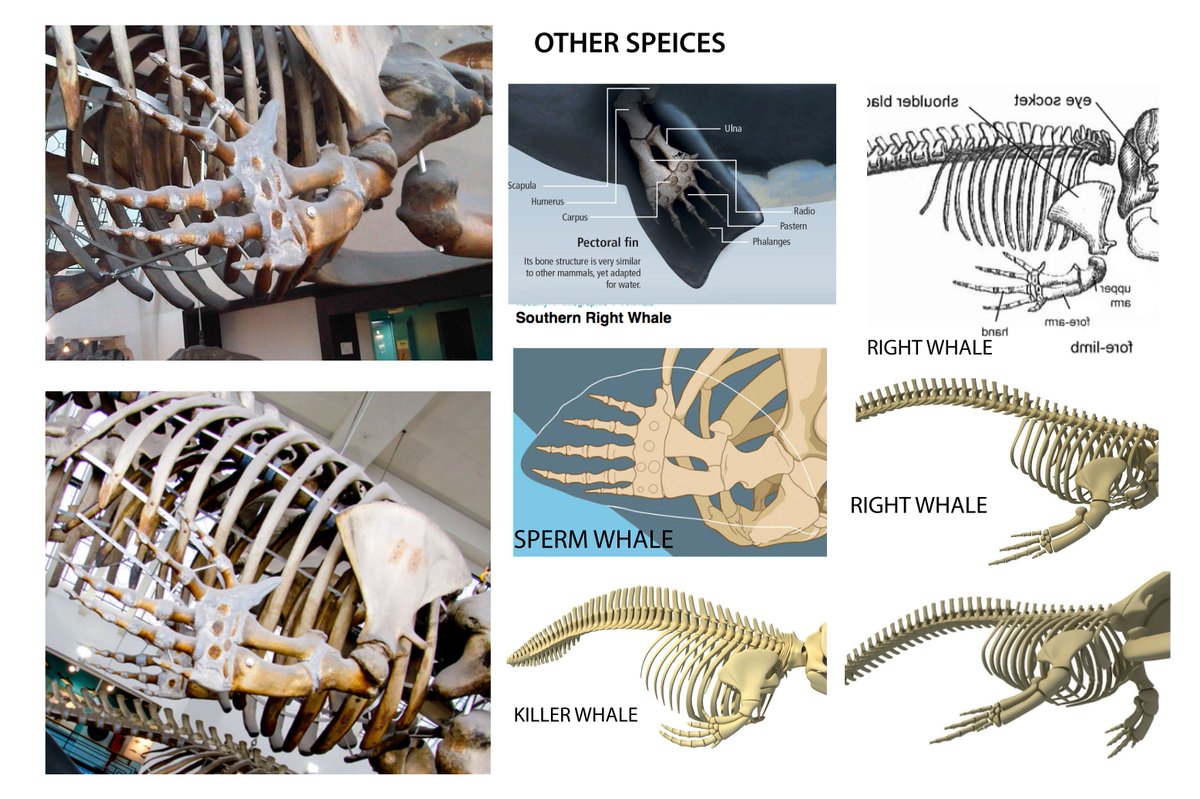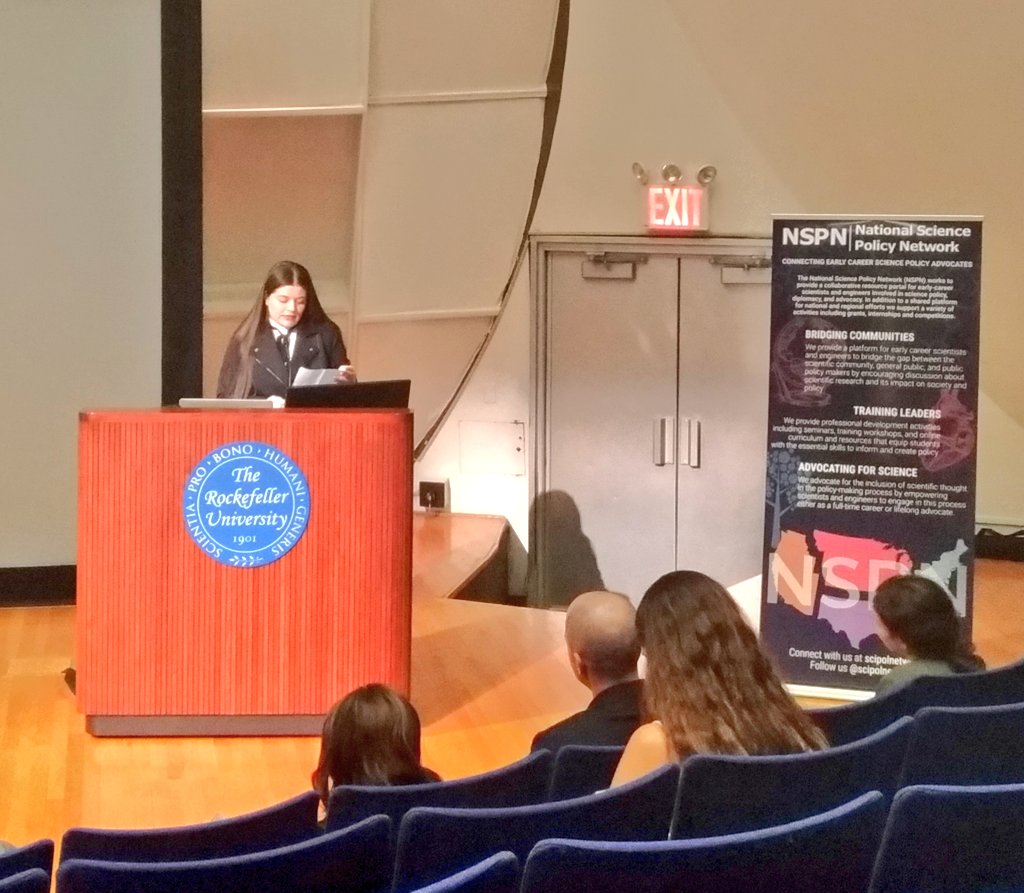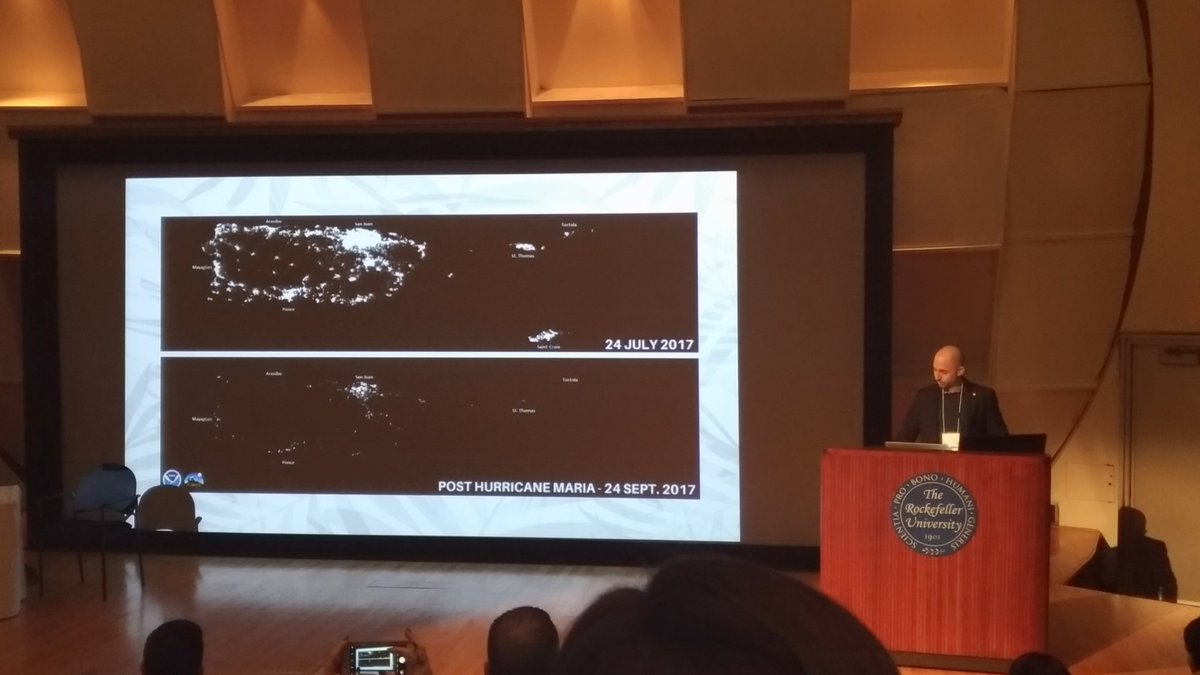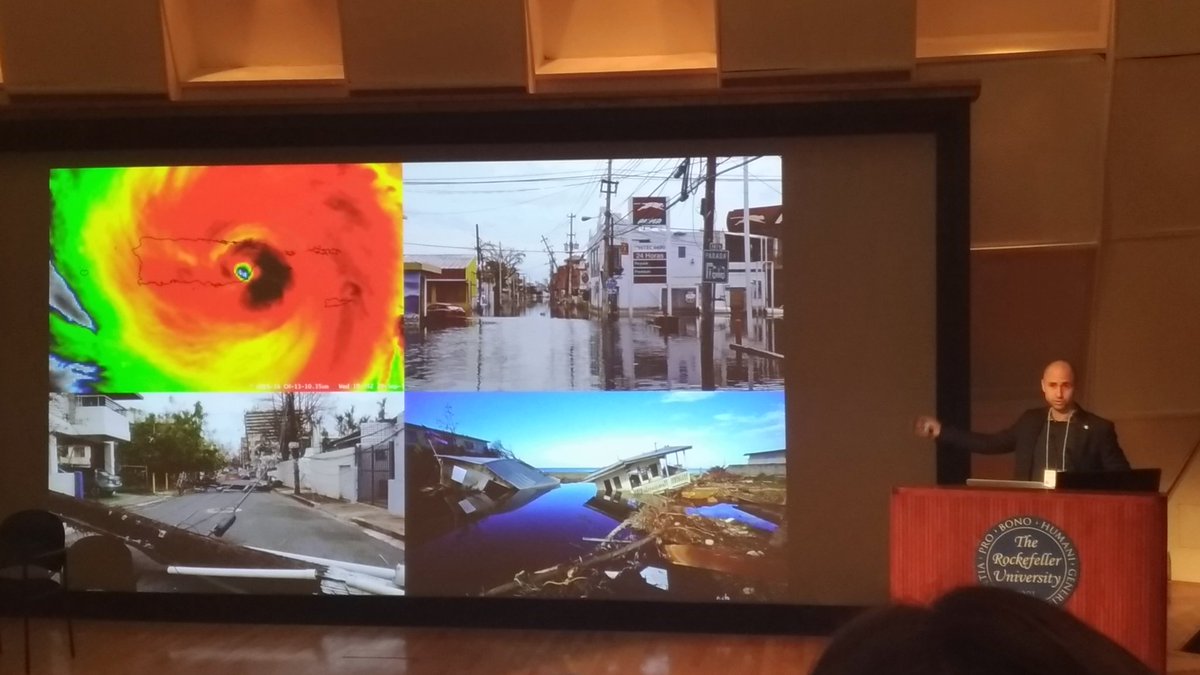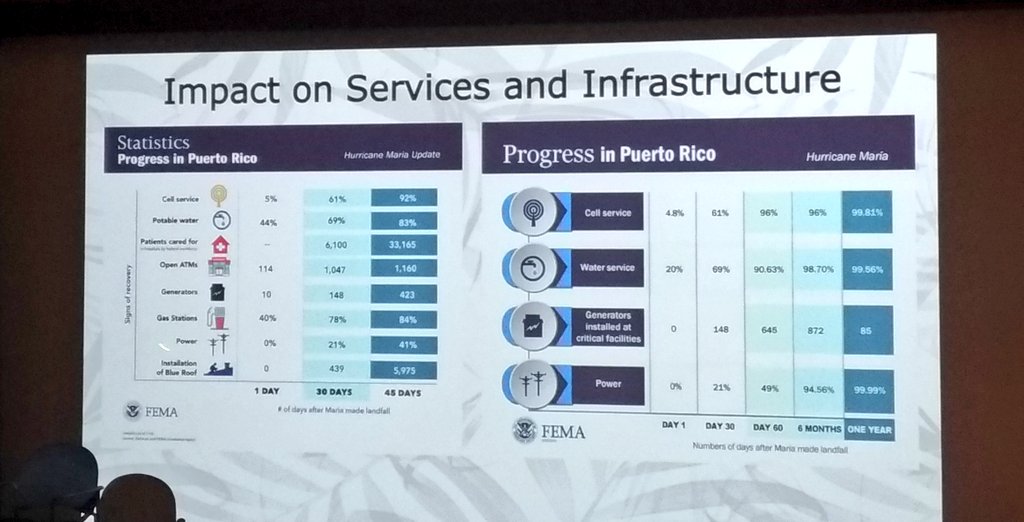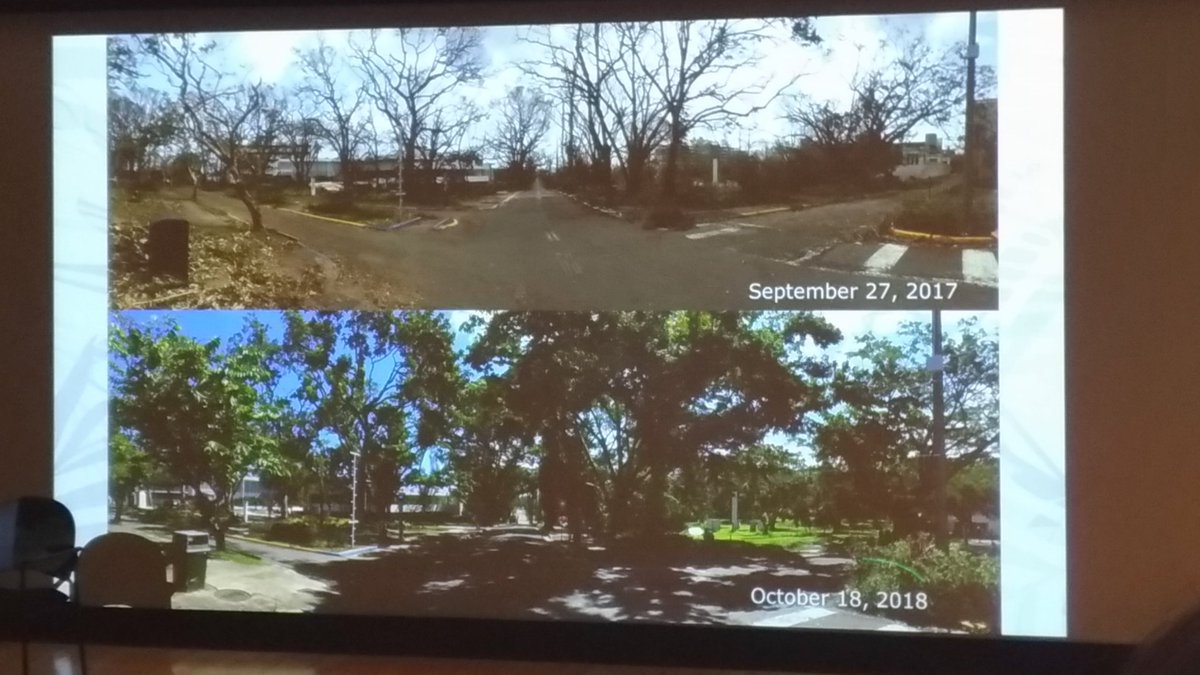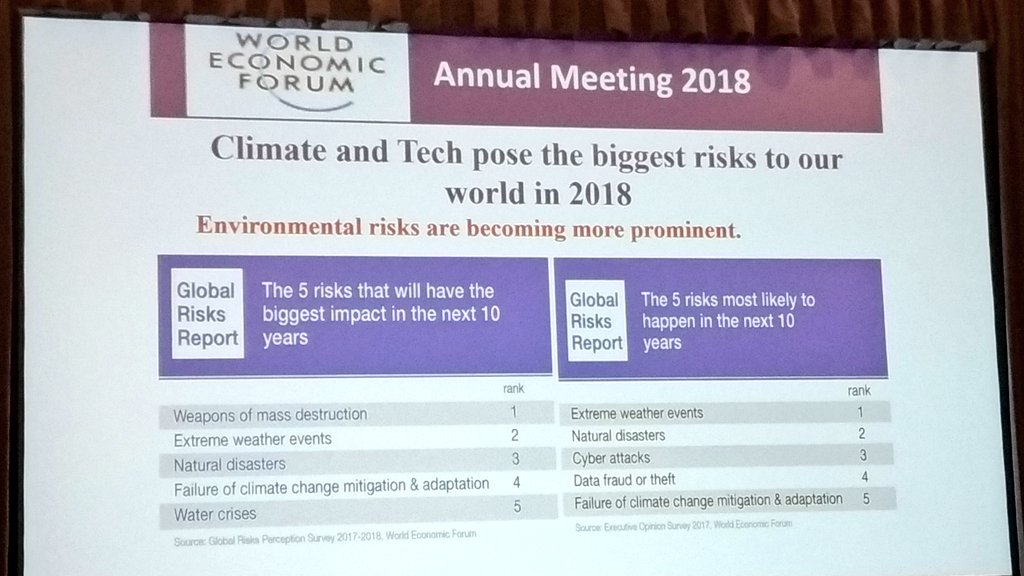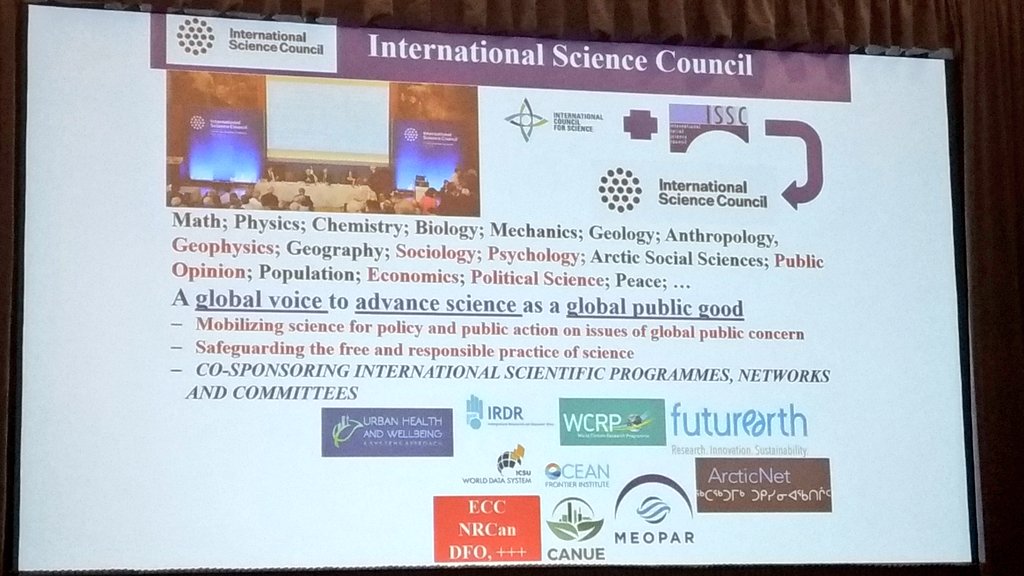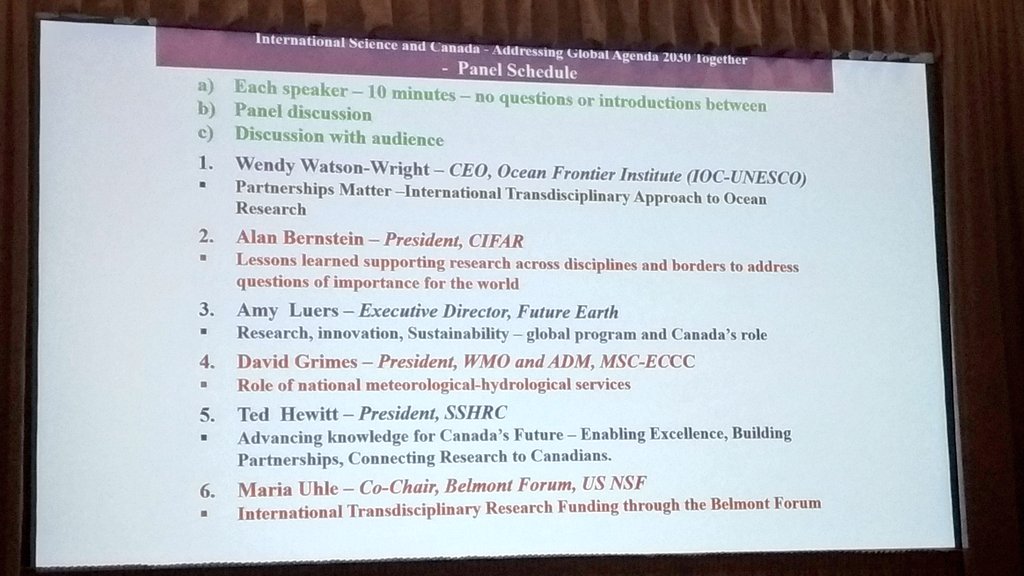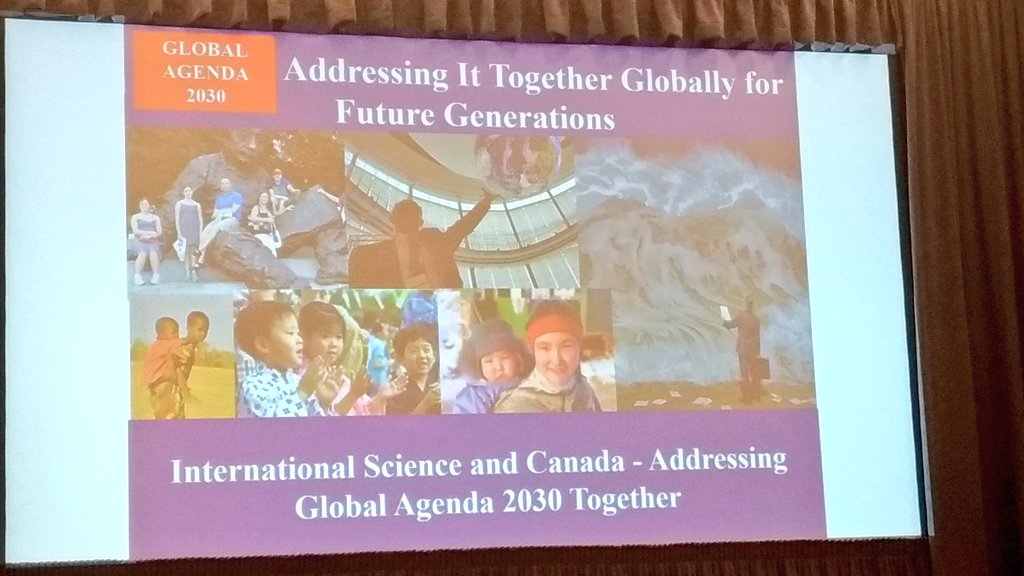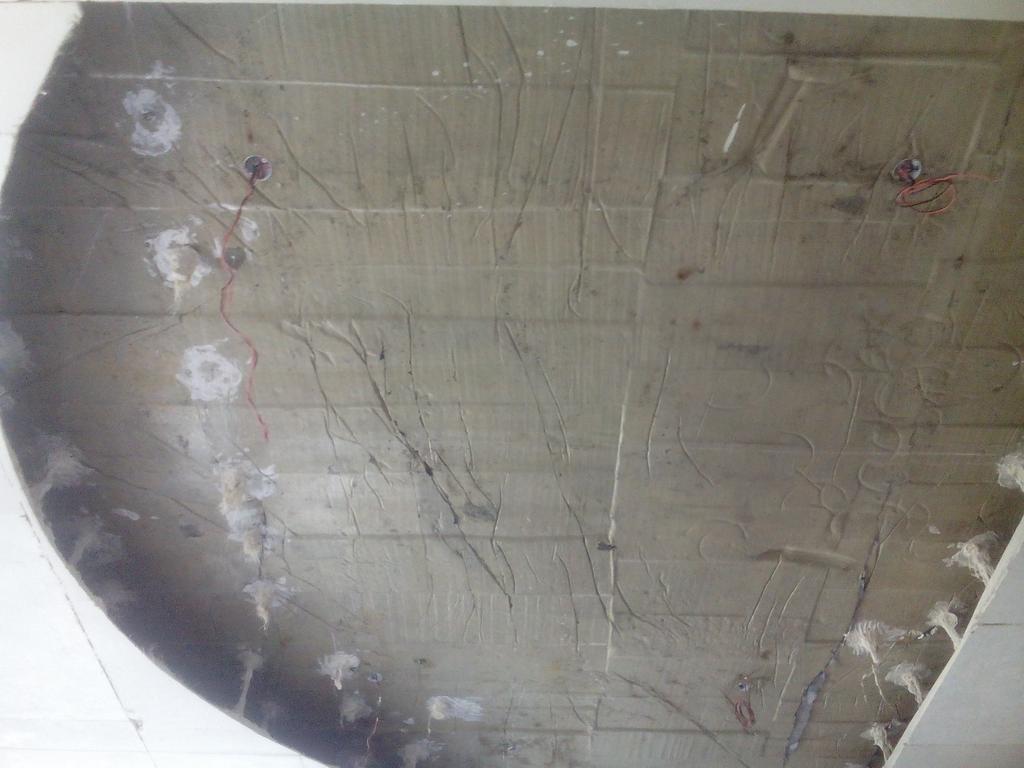We have to start with a poll, of course!
What do you think is the most important part of the scientific work (that you'll be making an #SciComm #infographic of)?
The same infographic can sort of work on different mediums, but not really.
So knowing format == important!
- Title
- Background
- Content
- Main Point
This point defines the infographic, both what visuals I need and what text I need.
Many actually find this a bit difficult at first, but after a moment of thought, it's obvious to them.
I usually limit background to 2 sentences.
Should be short and accurate, but the title is mainly to grab a reader's attention. If the audience gives your infographic only 3-5 seconds, they'll see the images and the title.
By this point, I know the beginning (A) and end (B) of the story.
I need to figure out how to get from A to B in the most concise but complete way possible.
What they think is important (bc IT IS for the research) may not be pivotal to the infographic.
Some things will distract from the main point. This is hard, but a worthwhile step!
The point is to get someone excited, not to replace a book chapter or a dissertation. As I said earlier, if you have more points to get across, consider a comic or video series.
Here's an example story.
So I said okay.
One, I only included visually. The other...I completely forgot about (no really, I did).
It was then that I looked back through my notes and realized I had forgotten this important point that she said HAD to be in it.
And I brought up this story.
Afterwards, I asked her about it, suggesting she try to make an infographic with all the info she thought was necessary.
Later on today, let's discuss a few ways to handle the 2nd talent: making the art.
I can't teach you how to draw in tweets, but...
Have questions? Let me know!
And thank you for all your insights!



